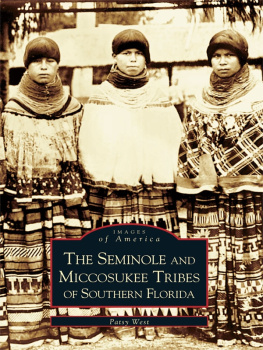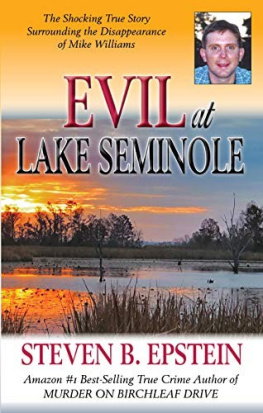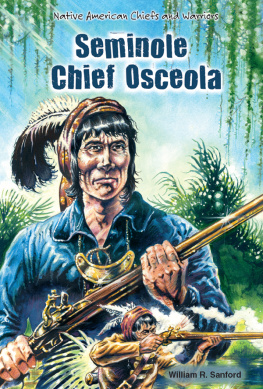Please visit our website, www.garethstevens.com . For a free color catalog of all our high-quality books, call toll free 1-800-542-2595 or fax 1-877-542-2596.
Library of Congress Cataloging-in-Publication Data
Dwyer, Helen.
Seminole history and culture / Helen Dwyer and D.L. Birchfield.
p. cm. (Native American library)
Includes index.
ISBN 978-1-4339-7430-4 (pbk.)
ISBN 978-1-4339-7431-1 (6-pack)
ISBN 978-1-4339-7429-8 (library binding)
1. Seminole IndiansHistory. 2. Seminole IndiansSocial life and customs. I. Birchfield, D. L., 1948- II. Title.
E99.S28D94 2012 975.9004'973859dc23
2011045568
New edition published in 2013 by Gareth Stevens Publishing
111 East 14th Street, Suite 349 New York, NY 10003
First edition published 2005 by Gareth Stevens Publishing
Copyright 2013 Gareth Stevens Publishing
Produced by Discovery Books
Project editor: Helen Dwyer
Designer and page production: Sabine Beaupre
Photo researchers: Tom Humphrey and Helen Dwyer
Maps: Stefan Chabluk
Photo credits: Corbis: pp. 8 (Lake County Museum), 11, 17 (top), 32 (Walter Bibikow); Getty Images: pp. 35 (Stephen Chernin/Stringer), 39 (Stephen Chernin/Stringer); Native Stock: pp. 10, 15 (bottom), 16, 17 (bottom), 18, 19, 21, 22, 23 (top), 24 (both), 25, 26 (both), 27, 31, 33, 34, 36, 38; Peter Newarks American Pictures: pp. 12, 20; North Wind Picture Archives: pp. 13, 14, 15 (top), 23 (bottom); Shutterstock.com: pp. 5 (Robert Fullerton), 37 (Henryk Sadura); Wikimedia: pp. 7, 28 (Rodney Cammauf/National Park Service), 29 (top) (Dcoetzee), 29 (bottom; Lori Oberhofer/National Park Service).
All rights reserved. No part of this book may be reproduced in any form without permission in writing from the publisher, except by a reviewer.
Printed in the United States of America
INTRODUCTION
The Seminoles are a people of Oklahoma and Florida. They are just one of the many groups of Native Americans who live today in North America. There are well over five hundred Native American tribes in the United States and more than six hundred in Canada. At least three million people in North America consider themselves to be Native Americans. But who are Native Americans, and how do the Seminoles fit into the history of North Americas native peoples?
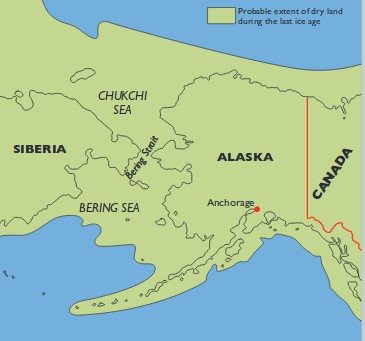
Siberia (Asia) and Alaska (North America) are today separated by an area of ocean named the Bering Strait. During the last ice age, the green area on this map was at times dry land. the Asian ancestors of the Seminoles walked from one continent to the other.
T he F irst I mmigrants
Native Americans are people whose ancestors settled in North America thousands of years ago. These ancestors probably came from eastern parts of Asia. Their migrations probably occurred during cold periods called ice ages . At these times, sea levels were much lower than they are now. The area between northeastern Asia and Alaska was dry land, so it was possible to walk between the continents.
Scientists are not sure when these migrations took place, but it must have been more than twelve thousand years ago. Around that time, water levels rose and covered the land between Asia and the Americas.

The Cliff Palace at Mesa Verde, Colorado, is the most spectacular example of Native American culture that survives today. It consists of more than 150 rooms and pits built around A.D. 1200 from sandstone blocks.
By around ten thousand years ago, the climate had warmed and was similar to conditions today. The first peoples in North America moved around the continent in small groups, hunting wild animals and collecting a wide variety of plant foods. Gradually these groups spread out and lost contact with each other. They developed separate cultures and adopted lifestyles that suited their environments.
S ettling D own
Although many tribes continued to gather food and hunt or fish, some Native Americans began to live in settlements and grow crops. Their homes ranged from underground pit houses and huts of mud and thatch to dwellings in cliffs. By 3500 B.C., a plentiful supply of fish in the Pacific Ocean and in rivers had enabled people to settle in large coastal villages from Alaska to Washington State. In the deserts of Arizona more than two thousand years later, farmers constructed hundreds of miles of irrigation canals to carry water to their crops.
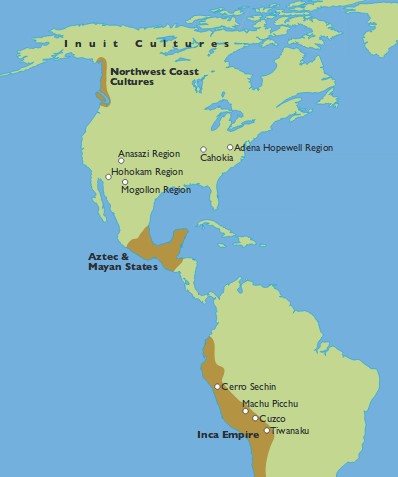
This map highlights some of the main early American cultures.
In the Ohio River valley between 700 B.C. and A.D. 500,people of the Adena andHopewell cultures built clusters of large burial mounds,such as the Serpent Mound inOhio, which survives today. The ancestors of the Seminoleswere mound buildersinGeorgia and Alabama. In theMississippi floodplains, thenative peoples formed complex societies. They created mud and thatch temples on top of flat earth pyramids. Theirlargest town, Cahokia, inIllinois, contained more than one hundred mounds and may havebeen home to thirty thousand people.
C ontact with E uropeans
Around A.D.1500, European ships reached North America. The first explorers were the Spanish. Armed with guns and riding horses, they took over land and forced the Native Americans to work for them. The Spanish were followed by the British, Dutch, and French, who were looking for land to settle and for opportunities to trade.
When Native Americans met these Europeans, they came into contact with diseases, such as smallpox and measles, that they had never experienced before. At least one half of all Native Americans, and possibly many more than that, were unable to overcome these diseases and died.
Guns were also disastrous for Native Americans. At first, only the Europeans had guns, which enabled them to overcome native peoples in fights and battles. Eventually, Native Americans obtained guns and used them in conflicts with each other. Native American groups were also forced to take sides and fight in wars between the French and British.

Billy Bowlegs was a Seminole chief in the 1850s.
Horses, too, had a big influence in Native American lifestyles, especially on the Great Plains. Some groups became horse breeders and traders. People were able to travel greater distances and began to hunt buffalo on horseback. Soon horses became central to Plains trade and social life.
Pressure from European settlement in the 1700s forced the ancestors of the Seminoles to move south from Georgia and Alabama into Florida, which was controlled by the Spanish. Most of them were Creeks (Muscogees), but some people from other tribes also migrated to northern Florida, where they made a living as farmers and ranchers. Around 1770, all these people became known as Seminoles. As the Seminoles moved south into wetter areas of Florida, they were forced to survive by hunting and fishing.

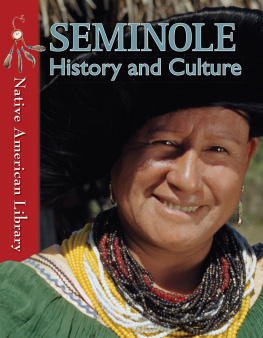
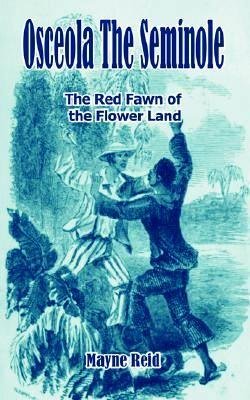




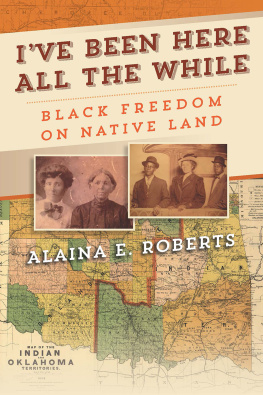
![Patrick G. Zander - Fascism through History [2 volumes]: Culture, Ideology, and Daily Life](/uploads/posts/book/262756/thumbs/patrick-g-zander-fascism-through-history-2.jpg)
